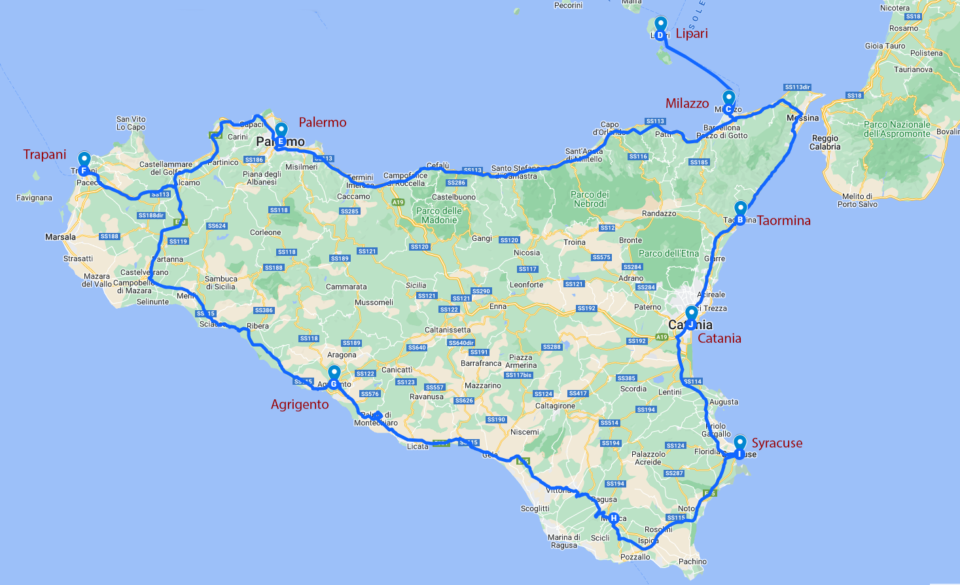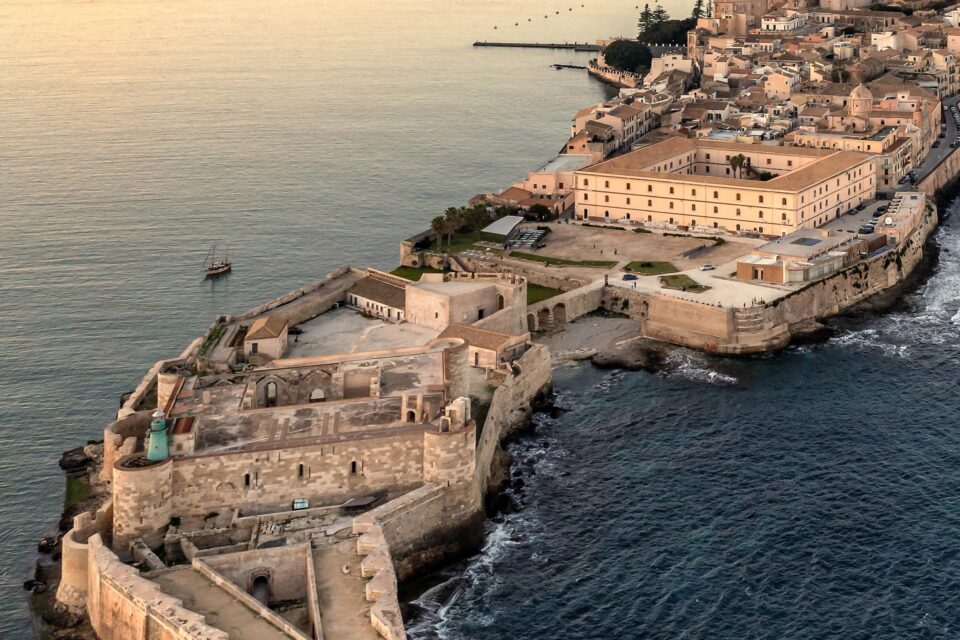FEBRUARY 22, 2025: Next week, we’re off to Sicily for a month! Why Sicily? We knew we wanted to travel in March, and Sicily seemed like the warmest option in Europe. With daytime temperatures ranging from 15–18°C (59–64°F) and rain possible but not frequent, it felt like a good choice.
Currently, there are no direct flights from Israel to Sicily, so we’ll start with a stopover in Milan. Our trip begins with two days there: on the first day, we’ll take a guided Jewish tour of Milan, and on the second day, we’ve hired a private driver to explore Jewish heritage sites outside the city center. After our short time in Milan, we’ll fly to Catania, Sicily.
Most travelers visit Sicily for a week or two, but we’re staying for nearly four weeks because we want to explore the entire island – including a day trip to Lipari, one of the Aeolian Islands. During our trip to Spain a few months ago, we found that switching accommodations every night became exhausting. This time, we’re taking a different approach: instead of moving every day, we’ll stay mostly in one place for 4–5 nights and take day trips from there. Sicily’s compact size makes this a practical and hopefully more enjoyable way to explore at a slower pace.
We should have no problem filling our days there – Sicily has many sights to explore, both in terms of general tourist attractions and Jewish heritage sites. Its diverse natural beauty includes towering mountains—one of which is an active volcano—rolling hills covered in farmland, and a stunning coastline with dramatic cliffs and sandy beaches. Its strategic location in the Mediterranean made it a battleground for empires, leading to centuries of rule by the Greeks, Romans, Byzantines, Arabs, Normans, and Spaniards, each leaving behind a rich cultural legacy.
Jews lived in Sicily for over 1,500 years, with communities dating back to Roman times and flourishing under Arab and Norman rule, contributing to trade, scholarship, and culture. In 1492, the Spanish Expulsion forced Sicily’s Jews to either convert or leave, effectively ending Jewish life on the island for centuries.
Today, Jewish life in Sicily is said to be experiencing a small but growing revival, and during our time there, we hope to learn more about this. Remnants of the once-thriving Jewish communities are scattered throughout the island, the most famous being the Mikveh of Siracusa, one of Europe’s oldest Jewish ritual baths. Some of the major cities have a historic Jewish quarter (La Giudecca), while in others the Jewish presence is preserved only in a street name (Vicolo degli Ebrei). We also hope to explore lesser-known sites, such as a Hebrew inscription carved into a doorway in the small hilltop town of Caltabellotta.

After flying to Catania, on the eastern coast of Sicily, we circle anticlockwise around the island, lodging in Taormina, Milazzo, Palermo, Trapani, Agrigento and Syracuse. All in all, 31 days (including Milan), 9 apartments, 40 Jewish Heritage sites to verify, and a long list of local pastries for me to taste. Wishing us an interesting and enjoyable time there.

Have a great trip!
Why did the Spanish expulsion affect Sicily?
At the time, the island was under Spanish rule. The decree ordering the expulsion of Jews from all Spanish territories, applied to Sicily as well.
Good luck! Have a safe and fun trip
Love
Can’t wait to read about the trip on your blogs!
Sounds like a great plan! Have a good trip